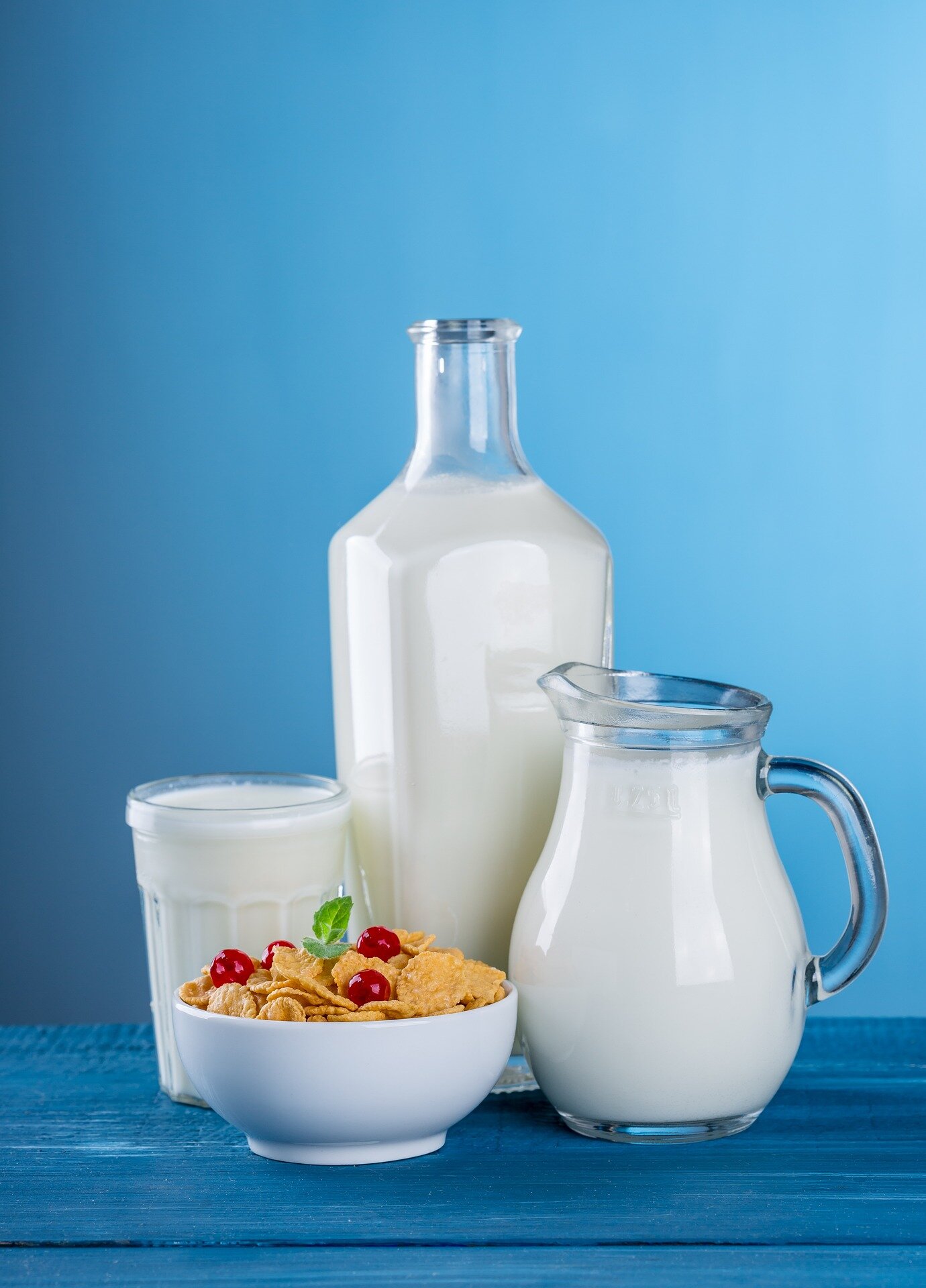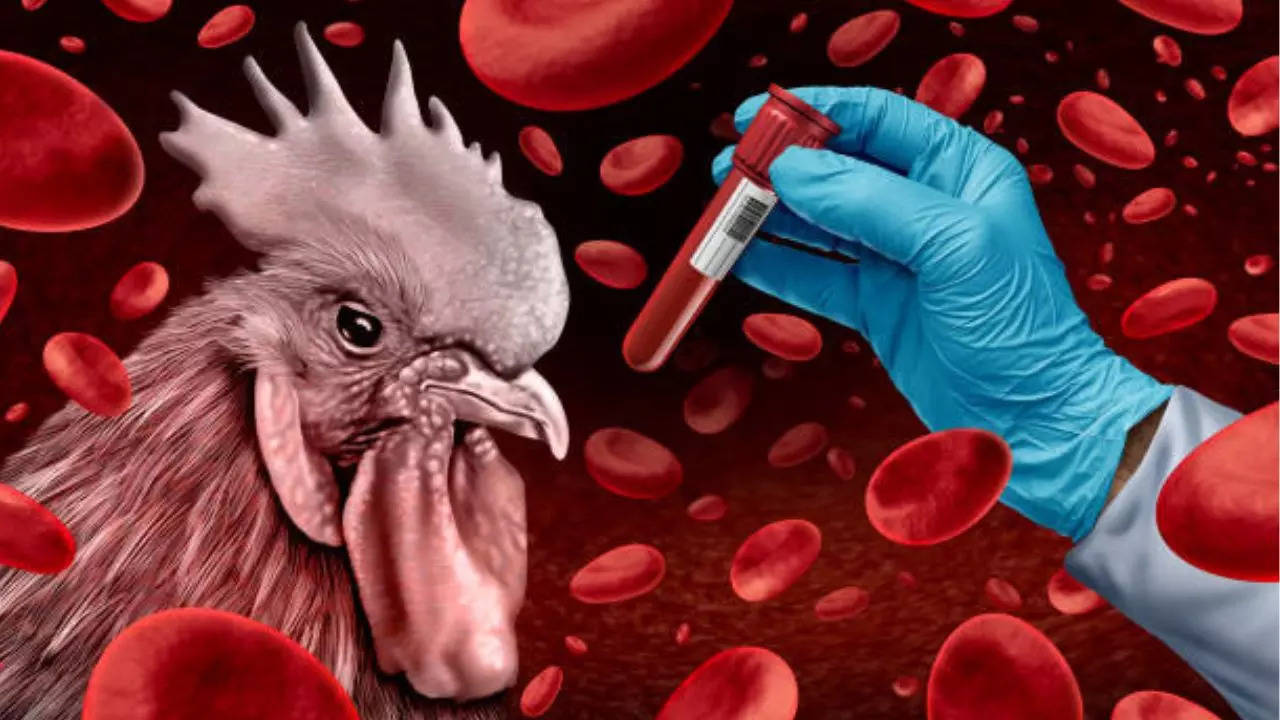A study published in The New England Journal of Medicine has unveiled that a “small but detectable quantity” of the H5N1 bird flu virus can survive common pasteurization methods for milk. This research was conducted by the National Institutes of Health (NIH), which has raised concerns about the potential for bird flu to remain infectious in pasteurized dairy products even though no live virus has been detected in supermarket milk samples so far.

Also Read: South Africa Reports Two Mpox Death in this Week
The NIH-led study explored the survival of H5N1 Bird Flu virus in milk subjected to standard pasteurization processes.
It demonstrated that some infectious virus particles could endure pasteurization temperatures typically used in the dairy industry. Despite this, no infectious H5N1 Bird Flu virus has been found in milk available in retail stores.
Involves heating milk to 72°C (161°F) for 15 seconds. This method left a minute number of infectious virus particles in the milk.
Milk is heated to 63°C (145°F) for 30 minutes. This approach was more effective, completely inactivating the virus within minutes.
The lab conditions under which the study was conducted differ from commercial dairy processing, which may use higher temperatures and more consistent heating.
The study addressed that mechanical pasteurization in the dairy industry likely offers more robust inactivation of the virus.
The FDA has reassured that current commercial pasteurization methods are effective but suggests that extending the pasteurization duration by 5-10 seconds could enhance safety.
The H5N1 bird flu has been detected in dairy cattle across at least 12 states. Most of the positive tests have come from raw milk samples leading authorities to recommend against the consumption of raw milk.
Pasteurization is a process where milk is heated to a specific temperature for a set duration to kill harmful bacteria and viruses.
The study’s findings suggest that while pasteurization can reduce virus particles, it might not eliminate all, especially if the initial viral load is very high.
In March 2024, HPAI A(H5N1) was detected in dairy cattle across several U.S. states. This strain was associated with clade 2.3.4.4b.
Researchers aimed to measure the inactivation of HPAI A(H5N1) virus in raw milk subjected to heat treatments at 63°C and 72°C, temperatures commonly used in the dairy industry for pasteurization.
HPAI A(H5N1) virus from a mountain lion isolate was diluted in raw cow’s milk to 10^6 TCID50 per milliliter. This setup was intended to simulate high viral loads to evaluate the effectiveness of heat treatment.
The milk samples were heated in a controlled environment at 63°C and 72°C. Infectious virus levels were quantified using end-point titration in Madin–Darby canine kidney (MDCK) cells.
Virus genome copies were measured using quantitative reverse-transcriptase polymerase chain reaction (qRT-PCR).
Also Read: Planetary Health Diet Reduces Early Death Risk by a Third and Combat Climate Change
Virus titers and half-lives were analyzed using a Bayesian framework accounting for uncertainties and variability in measurements.
Infectious virus titers dropped from 10^6 TCID50 per milliliter to undetectable levels within 2 minutes. The estimated half-life of the virus at this temperature was approximately 4.5 seconds.
Initial viral titers decreased from about 10^5 to 10^1 TCID50 per milliliter within 5 seconds. Although very low virus titers were detectable up to 20 seconds.
While 63°C showed complete inactivation within 2 minutes, 72°C was faster but left trace amounts of viable virus in certain high-titer samples.
The study did not follow a simple exponential decay model at 72°C, complicating the determination of a precise half-life for the virus at this temperature.
Virus genome copies decreased by less than 1 log over 30 minutes at 63°C. At 72°C, genome copies showed a similar minimal reduction over 15 seconds.
The study confirmed that standard bulk pasteurization at 63°C for 30 minutes is highly effective in eliminating infectious HPAI A(H5N1) virus providing a safety margin.
Although a small amount of virus may remain at 72°C for short durations, this is considered negligible for consumer safety under typical pasteurization practices.
The study utilized raw milk spiked with the virus, which may not fully replicate the complexity of milk directly from infected cows.
The presence of cell-associated virus in naturally infected milk could affect heat inactivation kinetics.
More studies are required to validate these findings under real-world conditions using commercial pasteurization equipment.
Investigating the potential for gastrointestinal infections from ingesting contaminated milk and the dose-dependence of such infections in humans remains a priority.
The U.S. Food and Drug Administration (FDA) and the U.S. Department of Agriculture (USDA) are conducting validation studies on pasteurization processes.
Initial surveys indicate no viable virus in commercial dairy products supporting the continued safety of the milk supply.
Also Read: Moderna Announces Good Results from Trial of Combo Vaccine























